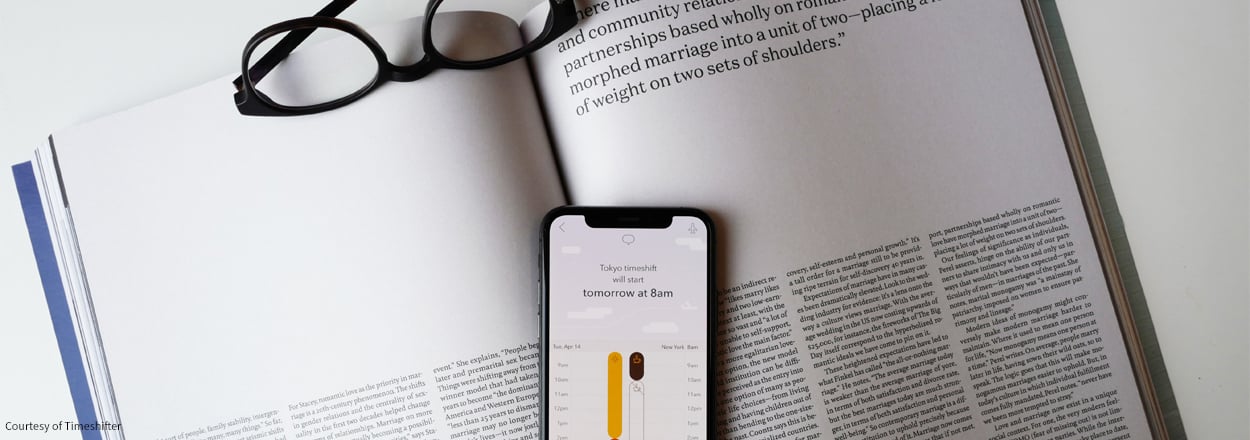Facebook is the social media platform of choice for travel advisors, and it makes sense. Facebook makes it easy to post content, comment on other users’ content and even communicate with suppliers, clients and your fellow advisors — and 1.62 billion people use it every day. There are some agencies that get most of their business from Facebook and don’t even have websites. It’s a very valuable tool for any small-business owner.
But what if you’re looking for something new? Something untapped in the world of travel advisors? Turn to videos on YouTube, the social platform you’re probably not using (but definitely should be).
How Does It Work?
You definitely know YouTube as your place for funny cat videos, at-home workouts and tween influencers. But YouTube has a practical side perfect for a travel agency.
First, create a channel for your agency — it only takes four steps, one of which is creating a YouTube account. Think of a channel as the same thing as a Facebook page for your agency and only use it for business-related content. Our smartphones, laptops and tablets have great cameras that you can use to shoot videos, now you just have to create engaging content.
The travel industry has endless amounts of #travelinspo images and videos to use (just make sure you have permission to use them). Otherwise, you can try short five-minute videos of you talking about a destination, a recent trip or even a recent FAM trip, with a brief video tour of the hotels and resorts you’ve visited.
YouTube can be an especially valuable tool in the current travel landscape. What better way to share your recent travel experiences, with updated health and safety protocols, social distancing and more, than to create quick-hit videos for YouTube?
How Many People Use It?
YouTube is used by more than 2 billion people — that’s almost one-third of the internet.
How Much Does it Cost?
Nothing. You can create a YouTube channel for free. If you want to promote your channel or videos, YouTube offers advertising plans that allow you to manage your budget and reach.
Originally appeared in the spring 2021 issue of The Compass Magazine.






comments